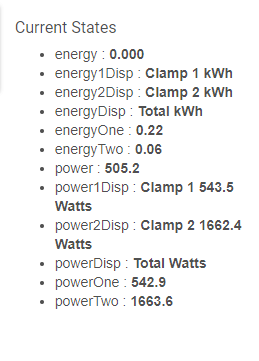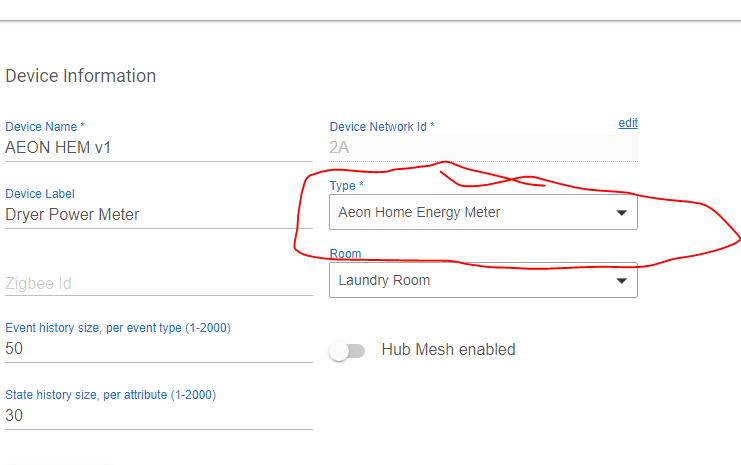Yes, I am sure that Amazon, Apple and Google will "make it easier", but only for those who drink the Kool-Aid of "cloud support", and are willing to let these companies monitor activity in residences.
One of the beauties of Hubitat is that it runs just fine behind a firewall with no connection at all to the outside world other than the specific ones you overtly allow.
Call me paranoid, but East Germany and much of the Soviet Block had a habit of installing microphones in homes, but they at least did not make those they were spying on pay for the microphones (I'm looking at you, Google Assistant and Alexa ! ).
Yes, Hubitat is a pain at times, but it was ALSO a bit of work to configure my LG CX-series OLED TV so that it would not present its many "smart-TV" options, but simply be a "dumb" display for the Roku, FireStick, and local broadcast channels, and set up the router to block the TV's ad-and-spy attempts.
So, assuming that one does not want to live in a goldfish bowl, which is more work - making an inherently "private" device do what you want, or engaging in a never-ending battle for privacy with a manufacturer who very much wants to monetize our every activity, rather than do things we want done, triggered by our activities? And more important, what of things to be done when we are AWAY? My main application for hubitat is to support and monitor residences that I am not currently visiting, so having a residence that "springs to life" when we arrive, and "sleeps" when we are gone, saves money, and avoids problems inherent in "caretakers" who don't take care.
Ray Bradbury wrote a short story long ago - "There Will Come Soft Rains", which stressed the crucial importance of motion and presence detection in home automation, and the need to address pet care as a part of the daily processes to be automated. The story is read aloud here - https://youtu.be/QbOL33Kirdw



